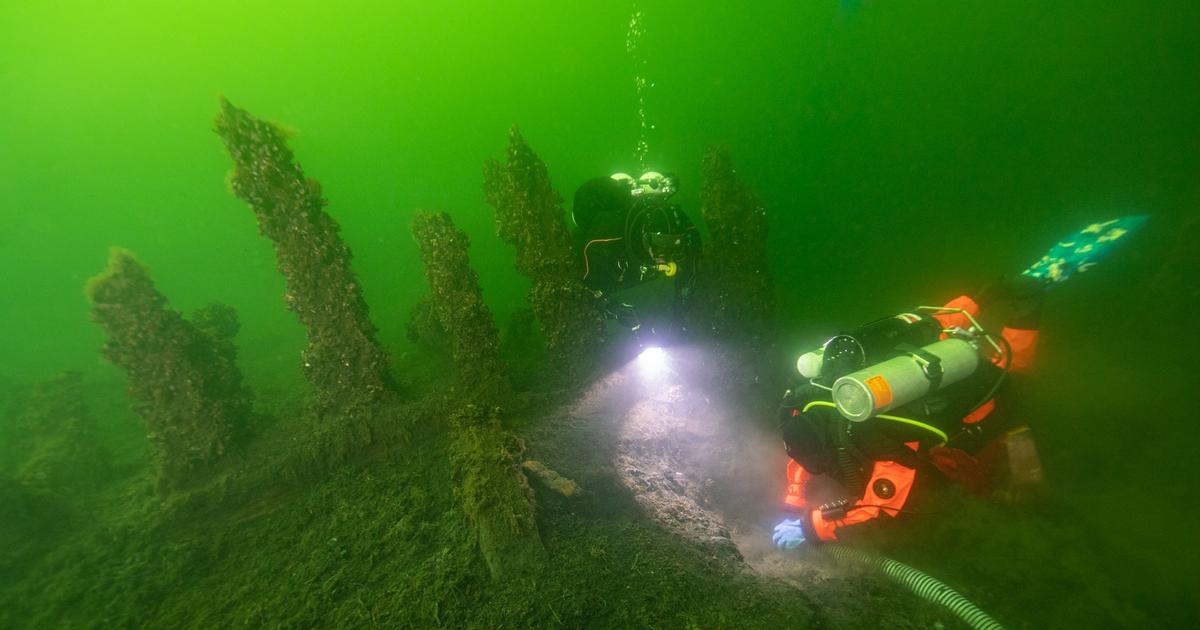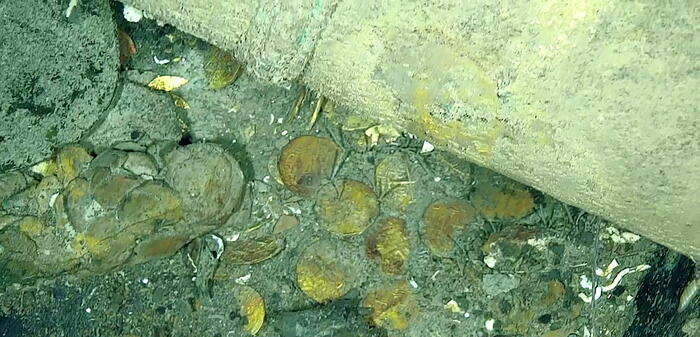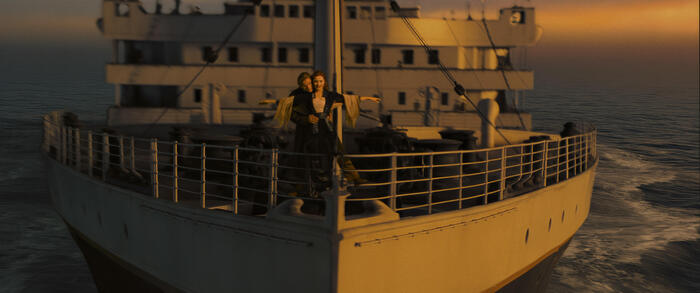The idea may have long floated in the mind of King Hans of Denmark (1481–1513).
Like one of Caligula's whims, the
Gribshunden,
once the flagship of the Danish fleet, was thought of by the royal shipowners as a floating palace.
Today, the wreckage of the ship discovered fifty years ago at the tip of the Scandinavian Peninsula continues year after year to delight underwater archaeologists.
The last prospecting campaign carried out from the end of August to the beginning of September brought to light new remains of this ship from the end of the Middle Ages.
Swedish researchers from the Blekinge Museum and the University of Lund have thus extricated from the icy and brackish clutches of the Baltic four gun carriages, firearms as well as elements of the poop deck, the helm and the rudder.
The inhospitable conditions of his new home have indeed protected the wooden remains of the vessel for several centuries, collected since then, piece by piece, by scientists.
Read alsoThe diocese assumes the disappearance of the green light of Strasbourg Cathedral
“We now have a good understanding of the dimensions and actual layout of ships from the Age of Discoveries
,” said Brendan Foley, scientific manager of the
Gribshunden excavation, in a statement. Better yet, we are beginning to see how this ship functioned as King Hans' floating castle.
»
Archeology of the depths
Once brought to the surface, the various parts of the ship are scrupulously scanned by the Swedish researchers to refine their digital reconstruction of the ship, in particular at the stern.
The first examinations carried out on the various rooms of the castle - the raised part located at the back of a ship - underline the cramped nature of these royal quarters.
Read alsoIn the Mediterranean, the Banc des Esquerquis reveals its archaeological treasures
According to archaeologists from the University of Lund, the rigid social hierarchy of the mainland was to be relaxed on board, since the king's apartments and those reserved for his noble entourage were to be immediately adjacent to those of the gunners and helmsmen.
Her crew consisted of about 150 men.
One of the best preserved and documented shipwrecks of the 15th century, the
Gribshunden
belongs, according to the Blekinge Museum, to the first generation of European warships armed with artillery pieces designed for the navy.
He could have deployed up to 90 of them, thus bristling his 30-meter-long hull.
Built between 1483 and 1486, the
Gribshunden
carried Hans of Denmark several times across the Baltic.
This king of ships did not last long, however.
She sank as early as 1495 off the Swedish coast, in poorly understood circumstances, laden with diplomatic gifts intended for the Swedish royal court.
The Danish wreck now annually offers archaeological gifts to Swedish scholars who certainly do not sail by sight.










/cloudfront-eu-central-1.images.arcpublishing.com/prisa/KMEYMJKESBAZBE4MRBAM4TGHIQ.jpg)


